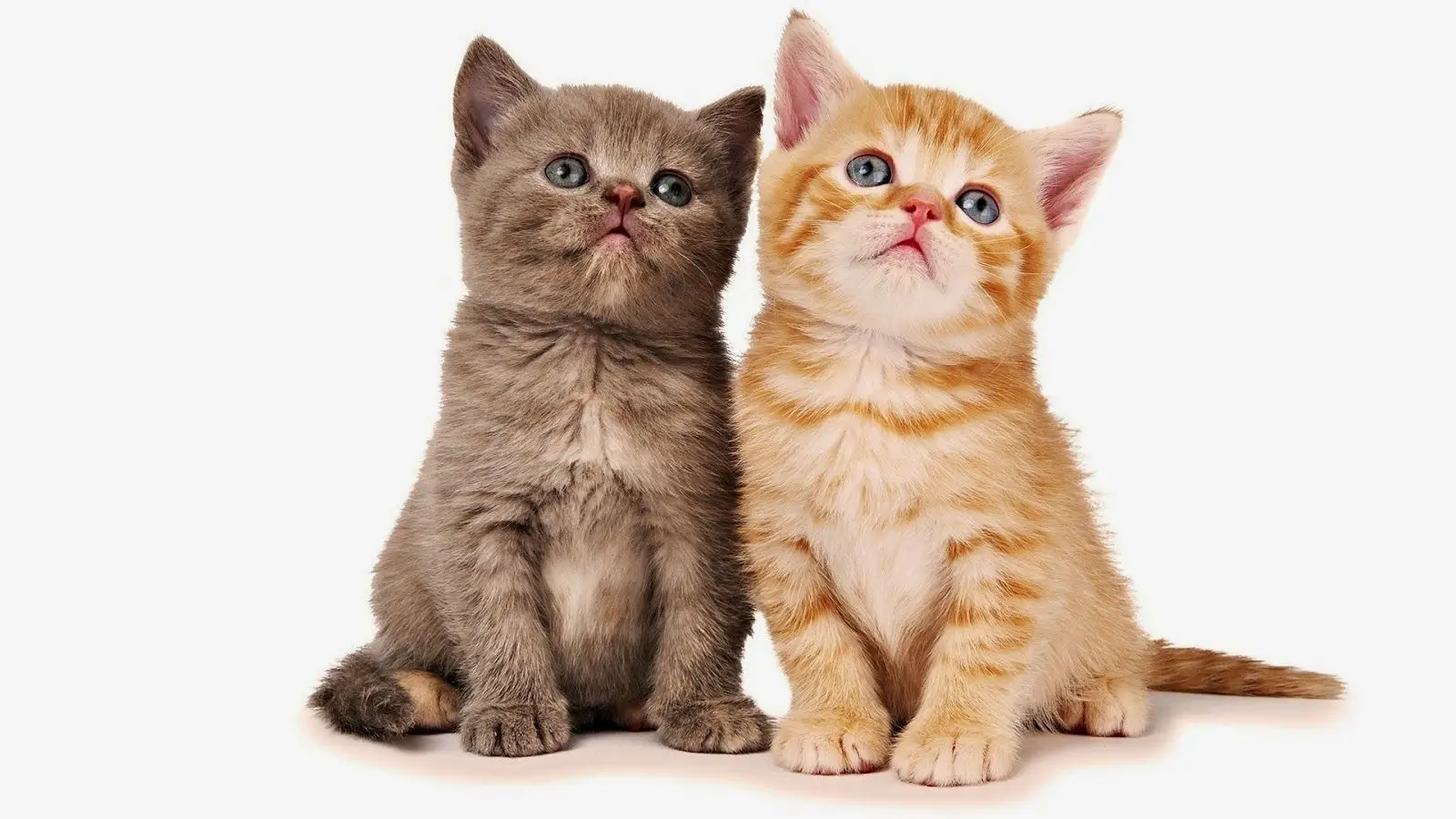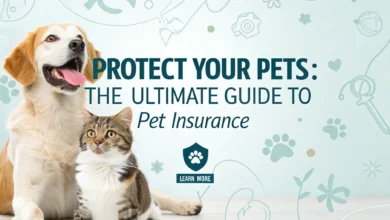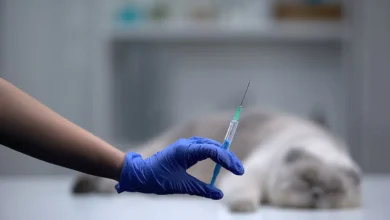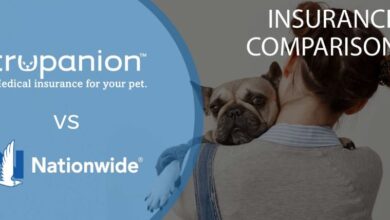Understanding Pet Insurance for Kitten: Why It’s Essential

We all hope our pets will enjoy long and healthy lives, only needing routine vet visits. However, the reality is that most pets will eventually require unexpected trips to the vet.
Unlike human healthcare, there’s no NHS for pets. While veterinary care costs a fraction of private healthcare for humans, vet bills can accumulate quickly. Advances in veterinary care, such as sophisticated diagnostics like MRIs and new cancer treatments, can cost millions of dollars to provide. These advancements allow us to offer treatments once unimaginable for sick pets, but they also come with increased expenses.
To cover these unforeseen costs, many pet owners opt for pet insurance policies.
According to the American Pet Products Association (APPA), in 2018, nearly 4.3 million pets in the United States were insured. During the same period, pet insurers paid out approximately $785 million in claims, with the average claim totaling nearly $800.
What sort of things does insurance cover?

When people consider pet insurance, they often focus on coverage for vet fees. However, some policies also extend coverage to various other situations. For instance, they may include public liability cover in case your cat causes an accident or injures someone, assistance in finding lost pets, pet care if you’re hospitalized, reimbursement for canceled holidays due to your pet’s illness, or compensation for replacing a lost pet.
To put it simply: Pet Health Plans, such as Complete Care, handle all the planned and preventative healthcare needs of your cat. Meanwhile, pet insurance steps in to address unexpected events that may occur in their life.
When are you most likely to claim on your pet insurance?

Throughout a pet’s life, there are certain stages where you’re more likely to need to use your insurance, especially for veterinary expenses.
When pets are young, they often visit the vet for issues like digestive problems or accidents such as being stepped on or falling from heights.
As cats age, they typically develop conditions that require ongoing medication and monitoring, such as kidney disease, diabetes, and endocrine disorders like feline hyperthyroidism.
If you’ve been fortunate enough not to need insurance claims for your cat up to middle age and you’re considering stopping coverage, it’s wise to reconsider. This is the period when illnesses can start to emerge, increasing the likelihood of needing to rely on your insurance.
What sort of things should you look for in a policy?

When comparing pet insurance policies, the comprehensiveness and coverage value typically determine the cost. It’s crucial to assess how much the insurer pays out per policy year and whether this amount is a total annual ceiling covering all eventualities or a limit per condition per year.
Lifetime cover is a significant consideration. This ensures that if your cat develops a long-term condition spanning multiple policy years, it remains covered. You’ll usually pay an excess each year, but the claimable amount resets annually. Policies lacking lifetime cover may exclude conditions after a specified time from their first claim.
For budget-conscious pet owners, ‘accident-only’ insurance offers a cheaper alternative. While it excludes illnesses, it provides peace of mind in case of accidents, particularly for those on tight budgets.
When selecting a policy, prioritize the type of coverage essential for your pet and align it with your budget. Consider how unforeseen vet bills might impact your finances and choose a policy that offers adequate support within your financial means.
There are diverse policy options tailored to different needs, but generally, you get what you pay for. Remember, the funds insurers use to settle claims originate from policy premiums paid by customers. Extremely cheap policies may lead to increased costs over time to sustain sufficient funds for claims, especially for aging pets.
Policy details to look out for
Excesses
Certainly! Here’s a concise rewrite respecting the word count:
Most insurance policies require you to pay an excess when making a claim. There are two main types of excess:
- The first type is an initial flat fee per condition claimed. For instance, if your cat needs treatment for an overactive thyroid and kidney disease, you’ll pay an excess for each condition at the claim’s outset and again at the start of each new policy year for lifetime policies.
- The second type involves paying a percentage of each claim, often applicable as pets age.
These excess payments help insurers manage costs and are detailed in the policy terms.
Exclusions
Many new policies typically impose a two-week initial exclusion period for illness claims at the start, although accidents are usually covered from the outset. This precaution prevents individuals from purchasing insurance only after their pet falls ill. It underscores the importance of obtaining insurance early in your kitten’s life to preempt any unforeseen health issues.
Additionally, some policies may exclude any illnesses for which a claim was made during the policy year once it ends, regardless of whether the maximum claim limit has been reached. This exclusion period can be temporary or permanent, depending on the policy terms.
Switching insurers can result in your cat losing coverage for conditions that have already required treatment or claims. Therefore, if considering a change, ensure the new insurer covers all necessary conditions without exclusions.
Many policies also exclude coverage for pets used for breeding purposes. If breeding is part of your future plans, verify whether your insurance policy includes coverage for this specific scenario.
Conditions of cover
When establishing a policy, it’s crucial to verify if there are specific conditions set by insurers that must be met to file a claim. These conditions typically pertain to preventive healthcare. Common requirements include: ensuring your cat has an annual examination and vaccination; scheduling an annual dental check-up (often done during vaccinations); and following veterinary recommendations. For example, if your cat has mild dental issues and the vet advises prompt treatment within a specified timeframe to prevent escalation, delaying treatment until it worsens might result in non-coverage by the insurance policy.
Cover for dental care
Because many dental issues in pets can be prevented with good home care, several insurance policies exclude coverage for routine dental procedures. Some policies may only cover accidental injuries, such as fractured teeth. If you want your kitten’s dental health covered by insurance, select a policy that includes dental work, and ensure you understand the conditions for making a claim if dental issues arise.
Direct claims
Many insurance companies offer the option to pay the vet directly, but whether a vet practice accepts this varies. Some practices only process direct claims for invoices above a certain amount, as handling claims involves costs for them.
In certain situations, an insurance company may review and pre-authorize an estimate for veterinary treatment. This pre-authorization ensures that both you and the practice are aware the insurer will settle the claim upon presentation. It provides reassurance before any treatment commences.
What alternatives to pet insurance are there?
Cat owners often consider alternatives to pet insurance, especially if they’ve had previous cats and never faced significant veterinary expenses. These alternatives typically involve paying for treatment as needed, using savings, credit cards, or borrowing money. Another approach is to set aside funds monthly into an ’emergency fund’ specifically for veterinary care expenses.
Both alternatives can be effective if sufficient funds are available when needed, and if the cat remains healthy and accident-free for most of its life. However, these methods may fall short in cases where unexpected and costly medical treatments arise, such as orthopedic surgeries for kittens falling from heights.
Pet insurance should be viewed as a regular aspect of cat ownership, akin to expenses like food, toys, and bedding. By choosing a suitable policy, cat owners can attain peace of mind knowing they’re prepared for unexpected veterinary costs that may arise throughout their pet’s life.



